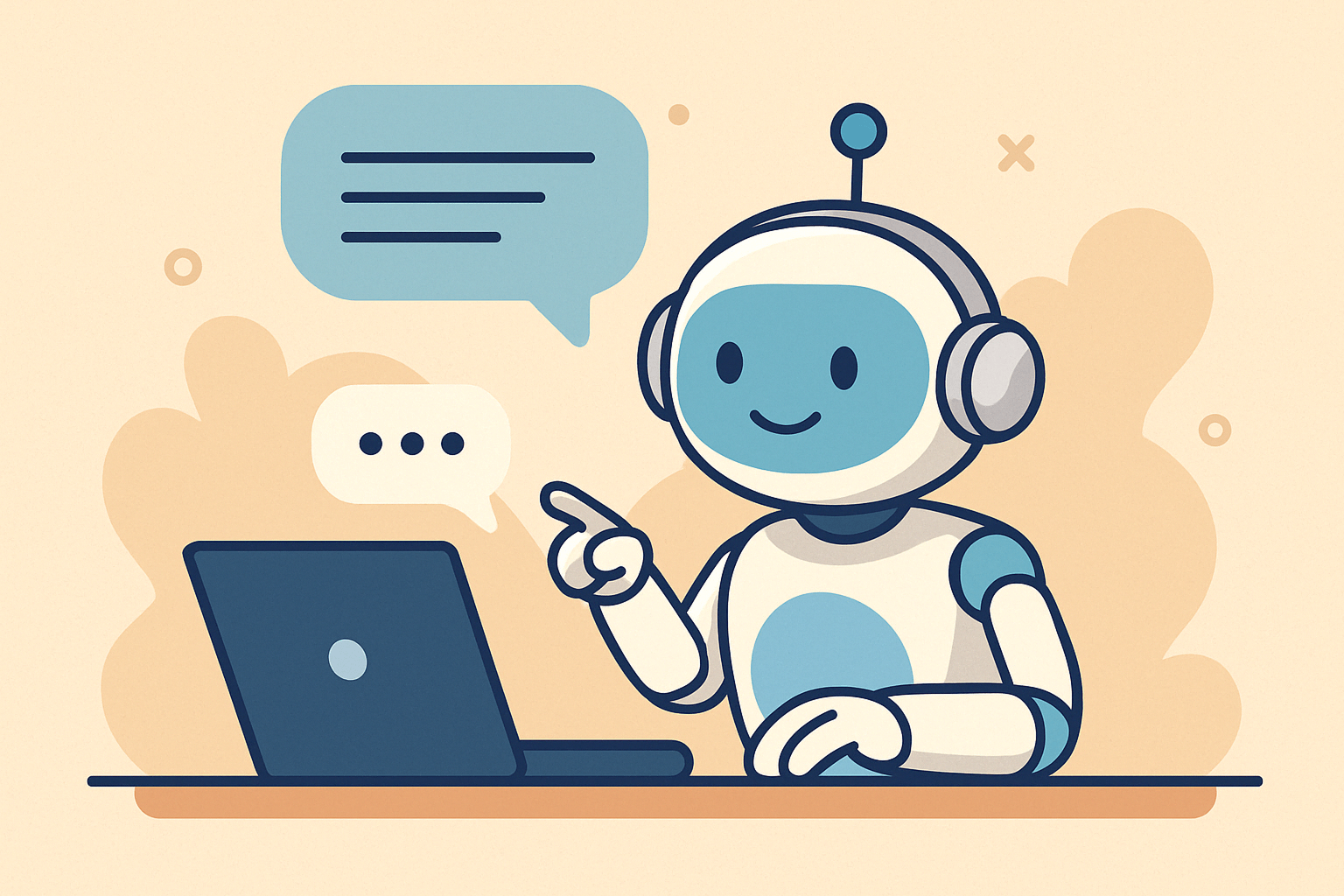I’ve built and tested dozens of chatbots — from lead-gen assistants on agency sites to complex customer service flows for eCommerce brands. Some failed miserably. Others generated thousands of qualified leads on autopilot. This article is the culmination of everything I’ve learned the hard way.
If you’re building a chatbot for WordPress, Shopify, SaaS or even your personal site — these 33 best practices will save you weeks of testing and give you a serious edge.
1. Start with Clear Objectives
Don’t just jump into chatbot creation. Clearly define whether your chatbot aims to increase sales, streamline customer service, gather leads, or educate visitors. This clarity will guide all your subsequent decisions.
2. Craft an Engaging Welcome Message
Your first message should be more than a simple “Hi.” Use a compelling question or a bold statement that immediately grabs attention, such as “Looking to boost your conversions by 40%? Let me show you how!”
3. Personalize the Experience
Segment users based on their behavior, preferences, or previous interactions. Tailored messages feel personal and relevant, boosting engagement and conversions.
4. Human-Like but Transparent
Give your chatbot personality, humor, and empathy, but clearly communicate it’s an AI assistant. Users appreciate honesty and transparency.
5. Always Provide a Next Step
Avoid dead-ends. If the chatbot doesn’t understand a query, offer alternatives, related topics, or an option to contact human support.
6. Use Strategic Triggers
Activate your chatbot based on user behavior like time on page, scroll depth, or exit intent. Strategic triggers maximize relevance and minimize annoyance.
7. Optimize Placement
Instead of placing chatbots everywhere, embed them strategically on pages like pricing, checkout, product details, or FAQ pages.
8. Collect and Utilize Analytics
Track every interaction. Use analytics to identify where users drop off, where they engage most, and adjust the chatbot accordingly.
9. Implement Conditional Logic
Use conditional paths to provide personalized responses based on user choices or previous answers. It improves relevance and engagement significantly.
10. Keep Messages Concise
Users prefer quick, easy-to-digest responses. Aim for short sentences, clear questions, and concise answers.
11. Test Extensively with Real Users
Observe real user interactions regularly. You’ll discover insights and usability issues you wouldn’t find otherwise.
12. Seamless Human Escalation
Always offer an easy route to human support. Clearly indicate how to reach live assistance if the chatbot can’t resolve an issue.
13. Progressive Lead Qualification
Don’t ask for too much information upfront. Qualify leads progressively by asking questions naturally through conversation.
14. Real-Time Sales Routing
Connect your chatbot to your sales team for hot leads asking purchase-oriented questions to maximize opportunities.
15. Simulate Natural Interaction Delays
Insert slight delays in responses to mimic natural conversation flow, making the interaction feel more human-like.
16. Regularly Update Knowledge Base
Ensure your chatbot’s information is current. Regular updates maintain accuracy and reliability, enhancing trust.
17. Multilingual Capability
Make your chatbot accessible globally by offering multilingual support, automatically detecting or allowing users to select their preferred language.
18. Preemptively Address Objections
Proactively handle common user objections related to pricing, service features, competitor comparisons, and more.
19. Conversational Calls-to-Action (CTAs)
Replace generic CTAs with conversational ones like “Ready to start?” or “Shall I schedule your free consultation?” to drive conversions.
20. Continuous A/B Testing
Regularly test different chatbot flows, messages, and triggers to find what performs best and continuously improve your outcomes.
21. CRM Integration
Integrate chatbot data with your CRM to ensure seamless follow-up, personalized marketing, and improved customer service.
22. Solicit User Feedback
Always end interactions by asking users about their experience. This feedback is invaluable for continuous improvement.
23. Use Visual and Interactive Elements
Enhance engagement with GIFs, images, or videos within your chatbot responses, as visual elements significantly boost interaction rates.
24. Smart AI Responses with Guardrails
Use advanced AI carefully. Maintain strict control over responses by defining clear guidelines and fallback options to avoid irrelevant or incorrect responses.
25. Train Your Team on Chatbot Capabilities
Make sure your support, sales, and marketing teams know exactly how the chatbot operates to avoid redundancy and confusion.
26. Mobile Optimization
Ensure your chatbot provides an excellent user experience on all devices, especially mobile, with responsive design and clear interaction paths.
27. Strategic Use, Not Overuse
Deploy chatbots only where they genuinely add value. Don’t force them into situations better handled by static content or direct human support.
28. Re-Engage Returning Visitors
Recognize and greet returning visitors with personalized messages, helping them resume where they left off, increasing the chance of conversion.
29. Turn Chatbots into Conversion Helpers
Don’t just answer questions—recommend products, upsell or cross-sell, and offer personalized discounts or bundles to directly influence buying decisions.
30. Role-Based Personalization
Tailor chatbot conversations based on user roles (e.g., business owner, student, freelancer) to dramatically increase engagement and relevance.
31. Ensure Data Security and Compliance
Always adhere strictly to privacy laws like GDPR and CCPA. Clearly communicate your privacy practices to build user trust.
32. Keep Your Chatbot Alive
Regular maintenance and updates keep your chatbot functional, relevant, and effective over the long term.
33. Monitor and Iterate Constantly
A chatbot is not set-and-forget. Regularly review performance metrics, user feedback, and conversations to continually refine your bot’s effectiveness.
Final Thought
Chatbots aren’t a gimmick anymore. Done right, they’re your best closer, assistant, and support rep — all in one. But like any tool, success comes from how you use it. Hopefully, these 33 tips give you a head start.
If you’re running a WordPress site and want to set this all up without code, I recommend trying AIWU ChatBot — it’s what I use on all my projects.
- WordPress ChatBot – FREE version
- WordPress ChatBot – PRO version:
Get it live in 5 minutes. Train it. Customize it. Watch it convert.

